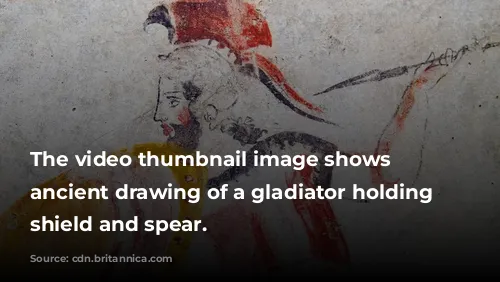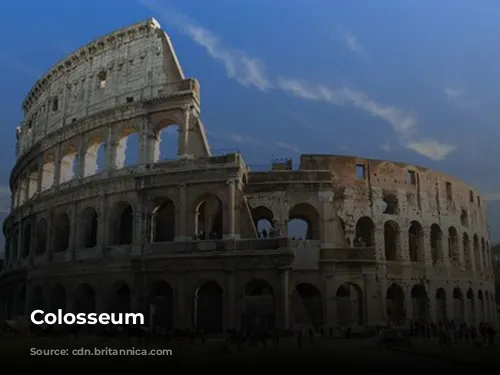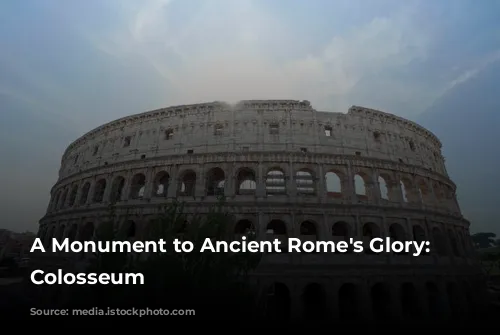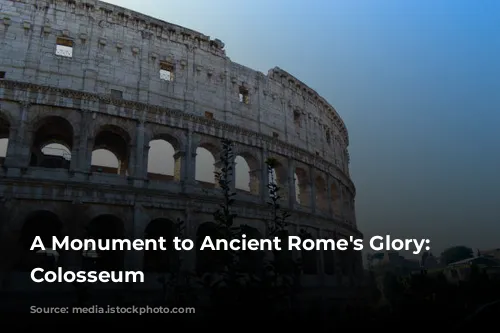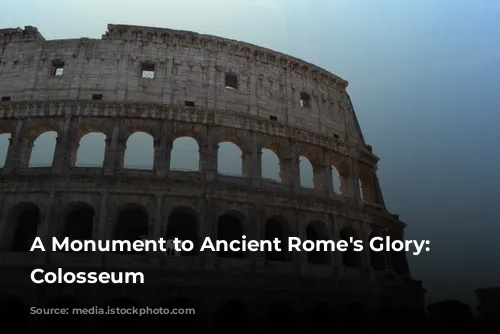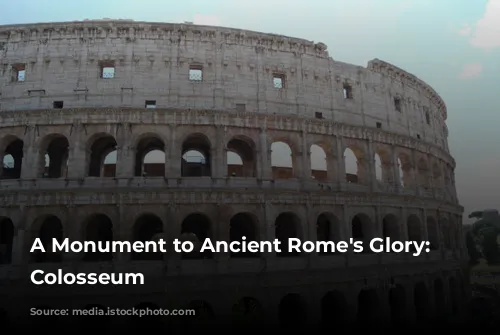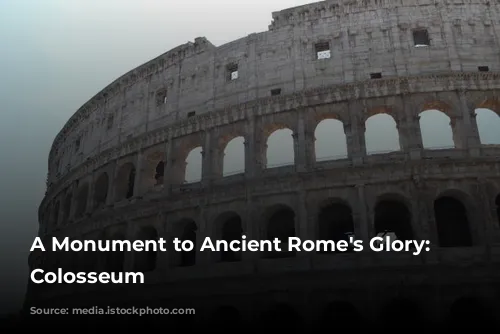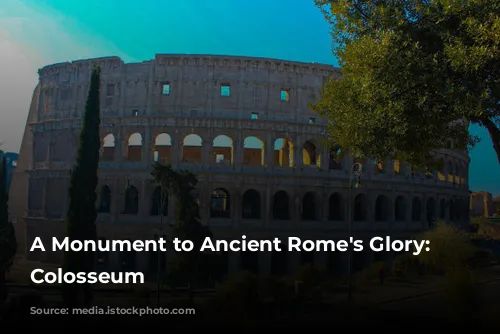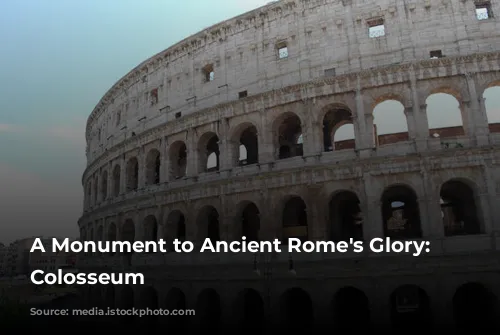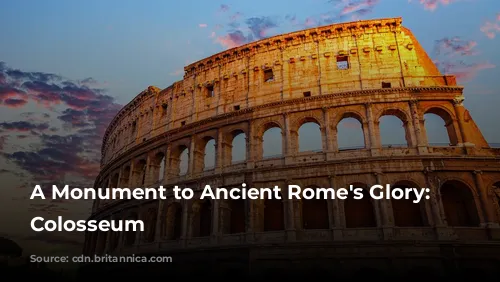The Colosseum, a colossal amphitheater standing as a testament to the architectural and engineering brilliance of the Roman Empire, commands a prominent place in the annals of history. Standing as one of the few largely intact structures from that era, it has endured the passage of time, serving as a poignant reminder of a bygone civilization.
Today, the Colosseum stands as a beacon of history, attracting millions of visitors each year. The Colosseum, Roman Forum, and Palatine Hill, together, garner a staggering $63.3 million (€53.8 million) in revenue, making it the most popular tourist attraction in Italy. This remarkable structure stands as a beacon of history, captivating the imagination of visitors from all corners of the globe.
From Arena to Fortress: The Colosseum’s Transformation
The Colosseum’s journey through time is a fascinating story, marked by periods of grandeur and neglect. After the fall of the Western Roman Empire, the Colosseum fell into a state of disrepair, its once-grand structure facing the ravages of time.
In the 12th century, the arena was repurposed as a fortress by powerful Roman families, the Frangipane and Annibaldi. The once-glorious arena became a stronghold, reflecting the changing tides of power. In the late 15th century, Pope Alexander VI sanctioned the use of the Colosseum as a quarry, further contributing to its deterioration.
For over a millennium, the Colosseum was subjected to neglect, its grandeur slowly eroding. It was not until the 1990s, with the initiation of state-funded restoration efforts, that the process of preserving this historical masterpiece began. The Colosseum, a symbol of Roman power and ingenuity, was finally given the attention it deserved.
The Birth of a Spectacle: The Colosseum’s Construction
The Colosseum’s construction was a monumental undertaking, conceived as a symbol of imperial revitalization. Following the turbulent “Year of the Four Emperors” in 69 CE, the Roman emperor Vespasian sought to revive Rome’s spirit. In keeping with the tradition of amphitheaters, the Colosseum was envisioned as a grand entertainment venue, hosting gladiatorial combat, animal hunts, and even mock naval battles.
Construction commenced under Vespasian’s reign between 70 and 72 CE. His son and successor, Titus, dedicated the completed structure in 80 CE. Domitian, Vespasian’s other son, added the Colosseum’s fourth story in 82 CE.
The Colosseum was built with funds acquired from the plunder of Jerusalem, a stark reminder of the Roman Empire’s military prowess. Built by enslaved Jews from Judea, the Colosseum’s construction reflects the complexities and contradictions of Roman society.
A Masterpiece of Architecture and Engineering: The Colosseum Unveiled
The Colosseum is an architectural marvel, a testament to the Romans’ skill in engineering and design. An elliptical structure built of stone, concrete, and tuff, it rises to four stories, measuring 620 by 513 feet (189 by 156 meters). With the capacity to hold up to 50,000 spectators, the Colosseum was a true marvel of engineering, a symbol of Roman power and spectacle. The Colosseum, a monument to the Roman Empire, stands as a testament to the ingenuity and architectural prowess of a bygone era.
The Colosseum was strategically placed just east of the Palatine Hill, on the grounds of Nero’s Golden House. The artificial lake that graced the center of Nero’s lavish palace was drained, and the Colosseum was erected in its place. This decision, as much symbolic as practical, demonstrated Vespasian’s intent to replace the tyrannical emperor’s private pleasure with a public spectacle, a symbol of unity and shared experience.
The Colosseum’s construction represents a departure from earlier amphitheaters, which were often carved into hillsides for added support. This structure, however, was a freestanding masterpiece, built using a complex system of barrel vaults and groin vaults, further showcasing the Romans’ architectural prowess.
The Colosseum’s exterior is adorned with three stories of arcades, framed by engaged columns in the Doric, Ionic, and Corinthian orders. This arrangement, known as the assemblage of orders, influenced Renaissance architecture, showcasing the enduring legacy of the Colosseum. The Colosseum’s construction employed a diverse array of materials, including travertine, volcanic tufa, and concrete, a testament to the Romans’ resourcefulness and ingenuity.
A Stage for Spectacle and Entertainment: The Colosseum’s Purpose
The Colosseum was much more than a mere structure; it was a stage for spectacle and entertainment, designed to captivate and enthrall the Roman populace. The amphitheater could seat a staggering 50,000 spectators, providing them with a breathtaking view of the arena below. A massive retractable awning, known as a velarium, shielded the spectators from the sun. This complex structure, supported by masts extending from corbels built into the Colosseum’s attic story, required the labor of hundreds of Roman sailors to manipulate.
The Colosseum was the site of numerous events, from gladiatorial combat to animal hunts and even mock naval battles. The arena witnessed countless battles, showcasing the physical prowess and bravery of gladiators and the savagery of animal hunts. The Colosseum was a stage for life and death, a symbol of both Roman entertainment and brutality. While the Colosseum is often associated with gladiatorial combat, the arena also served as a venue for other spectacles, including mock naval battles, a testament to the Romans’ ingenuity and their desire for elaborate displays of entertainment. While the Colosseum’s connection to the martyrdom of early Christians is a matter of debate, its role as a venue for spectacles and entertainment is undeniable.
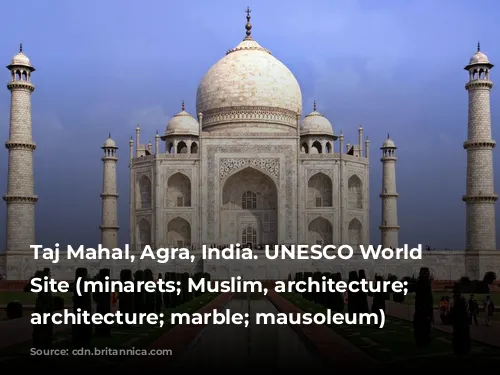
A Legacy of Restoration: The Colosseum’s Enduring Presence
The Colosseum, like many structures of antiquity, endured periods of neglect and decay. Medieval times saw the Colosseum repurposed as a church, then later, as a fortress for prominent Roman families, the Frangipane and the Annibaldi. Over time, the Colosseum suffered damage from lightning, earthquakes, vandalism, and pollution, losing its original grandeur. Marble seats and decorative materials were stripped away, leaving the Colosseum a mere shadow of its former glory.
The Colosseum’s preservation began in earnest in the 19th century, with notable efforts led by Pius VIII. A major restoration project was undertaken in the 1990s, breathing new life into this iconic landmark. The Colosseum’s legacy is not only in its historical significance but also in its continuous restoration efforts, ensuring that it remains a testament to Roman grandeur for generations to come.
Today, the Colosseum stands as a testament to the enduring spirit of Rome, a symbol of its past and its present. It is one of Rome’s most popular tourist attractions, welcoming close to seven million visitors annually. Regularly changing exhibitions shed light on the culture of ancient Rome, further enhancing the Colosseum’s appeal. The Colosseum stands as a beacon of history, a monument to the grandeur of the Roman Empire, captivating the imaginations of visitors from all corners of the globe. It is a reminder of the power of human ingenuity and the enduring legacy of civilization.
